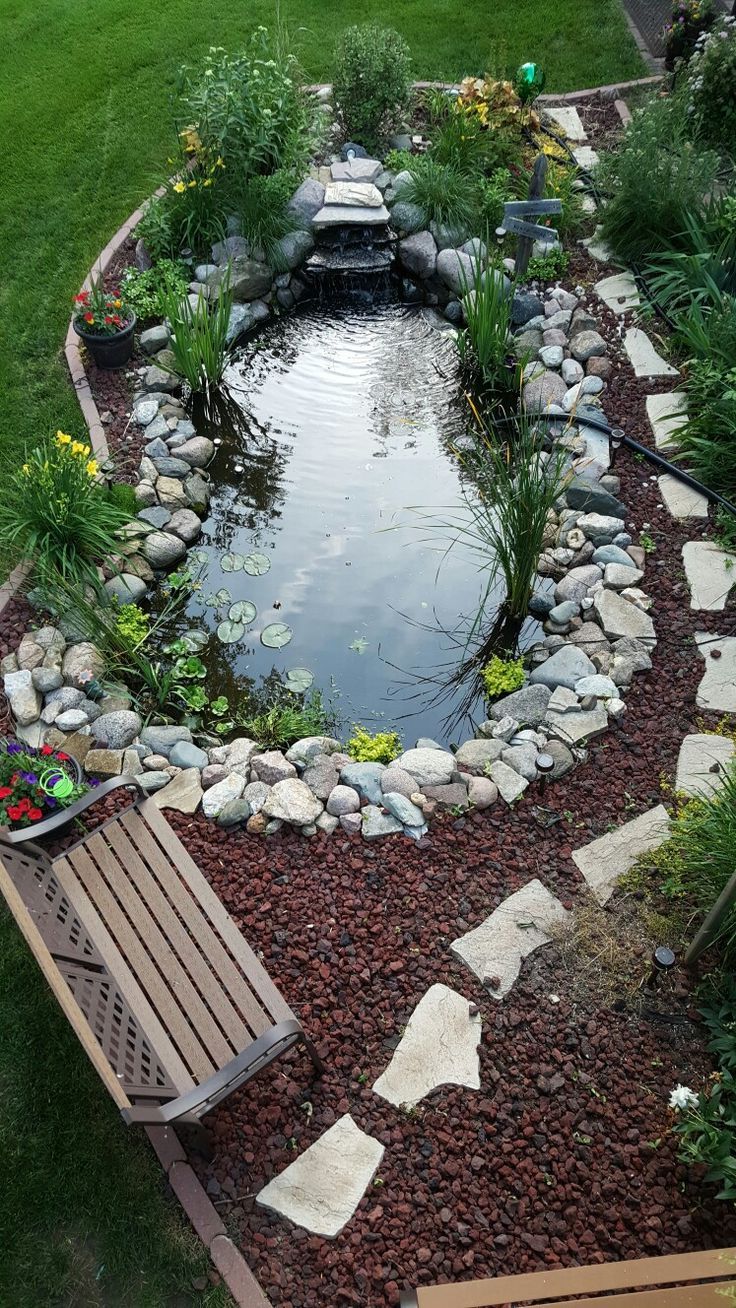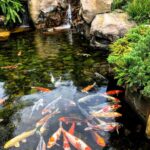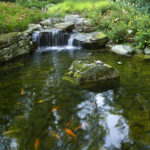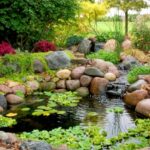Pond design is a important aspect of landscaping, adding a relaxing and beautiful feature to any outdoor space. Whether big or small, ponds can bring a sense of tranquility and natural beauty to your garden or backyard. When designing a pond, there are several key elements to consider to ensure that it functions properly and enhances the overall aesthetics of your outdoor space.
One of the first considerations when designing a pond is the size and shape of the pond. The size of the pond should be proportionate to the size of the space it will be placed in, while the shape should complement the surrounding landscape. Some popular pond shapes include circular, oval, or kidney-shaped ponds. Consider how the pond will fit into the overall layout of your garden or backyard when deciding on the size and shape.
Another important element to consider when designing a pond is the location. Ponds should be placed in an area that receives a good amount of sunlight, as this is essential for the health of aquatic plants and fish. Additionally, avoid placing the pond under trees or near a lot of debris, as this can cause maintenance issues and water quality problems. Consider how the pond will be viewed from different areas of your outdoor space when choosing the location.
When it comes to pond design, the depth of the pond is a crucial aspect to consider. The depth of the pond will depend on whether you plan to have fish in the pond or just aquatic plants. For fish, a depth of at least three feet is recommended to provide adequate space for them to swim and hide. If the pond is primarily for plants, a shallower depth can be sufficient. Consider the needs of the aquatic life you plan to have in the pond when determining the depth.
Incorporating rocks, plants, and other natural elements into the pond design can enhance its appearance and create a more naturalistic ecosystem. Rocks can be used to create a waterfall, stream, or natural-looking border around the pond. Aquatic plants such as water lilies, lotus, and water hyacinths can provide shade, oxygenate the water, and add color and texture to the pond. Consider the overall style and aesthetic of your outdoor space when choosing rocks and plants for your pond.
Lastly, consider the maintenance requirements of the pond when designing it. Ponds require regular maintenance to ensure they remain clean and healthy. This includes tasks such as cleaning out debris, trimming plants, and checking the water quality. Consider how much time and effort you are willing to devote to maintaining the pond when deciding on its size and complexity. By carefully planning and designing your pond, you can create a beautiful and functional outdoor feature that brings joy and relaxation to your outdoor space.
















